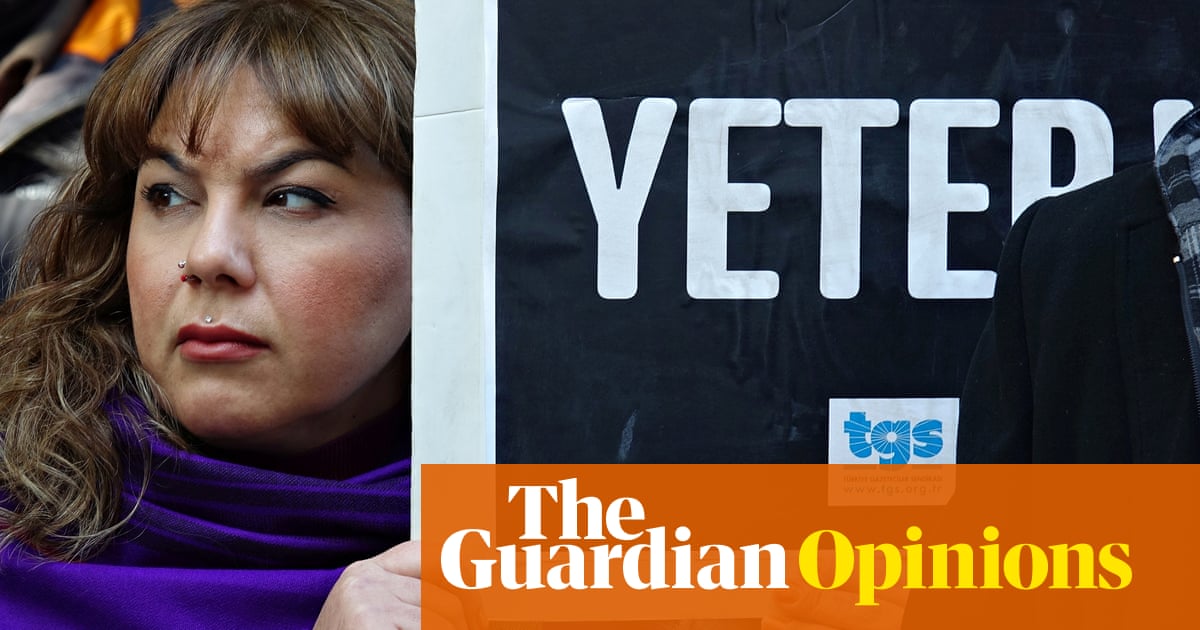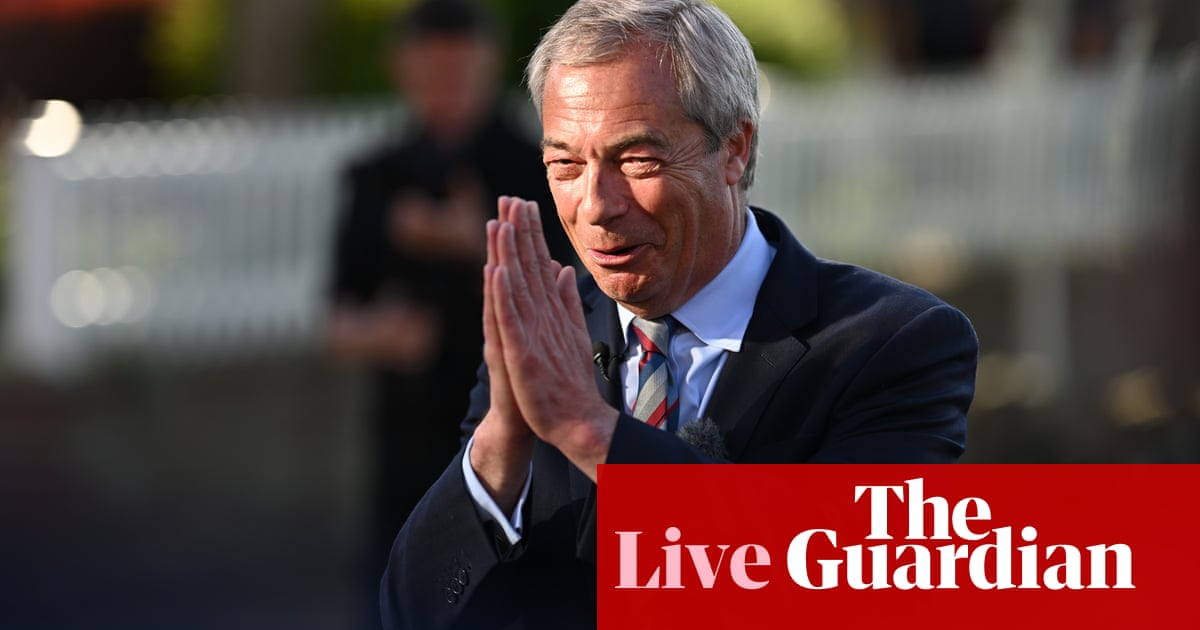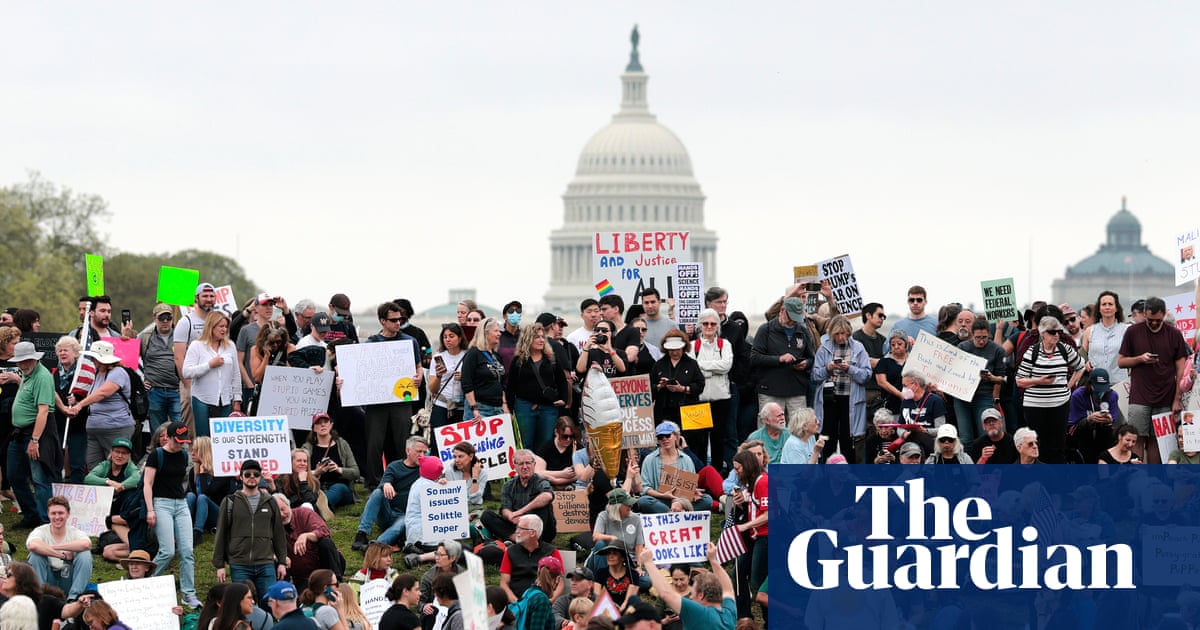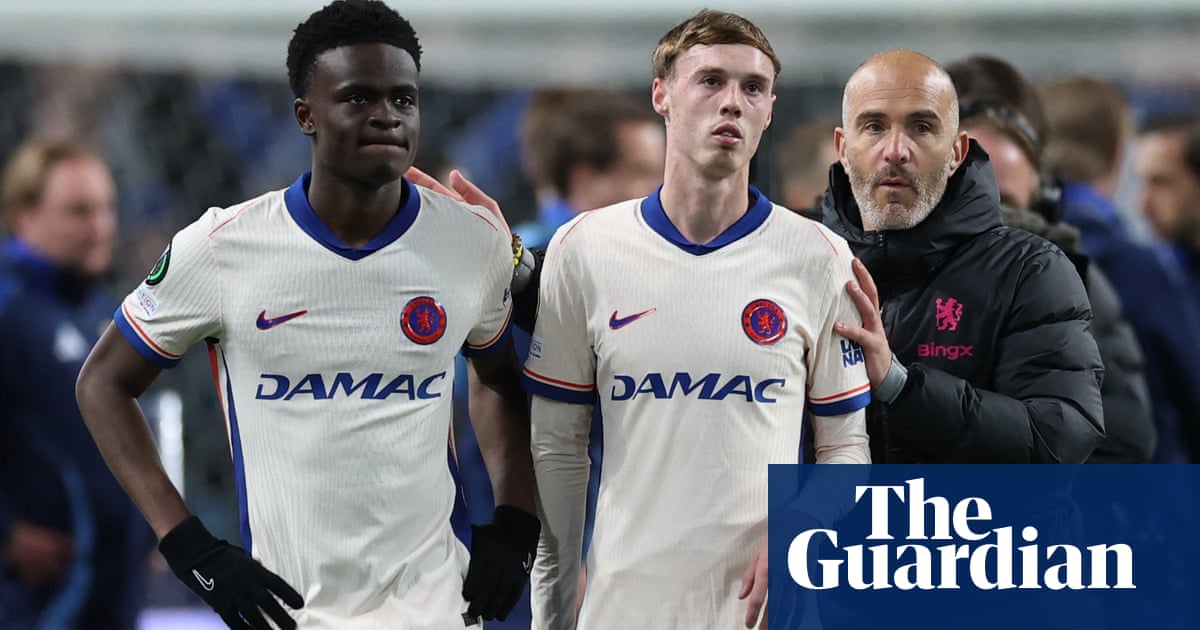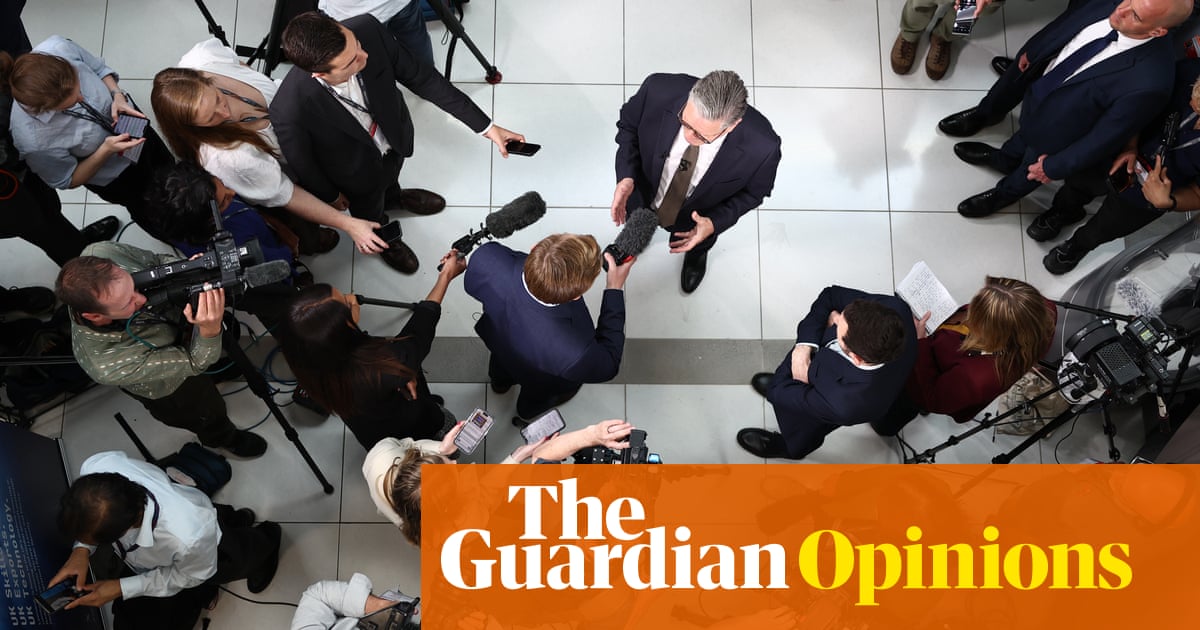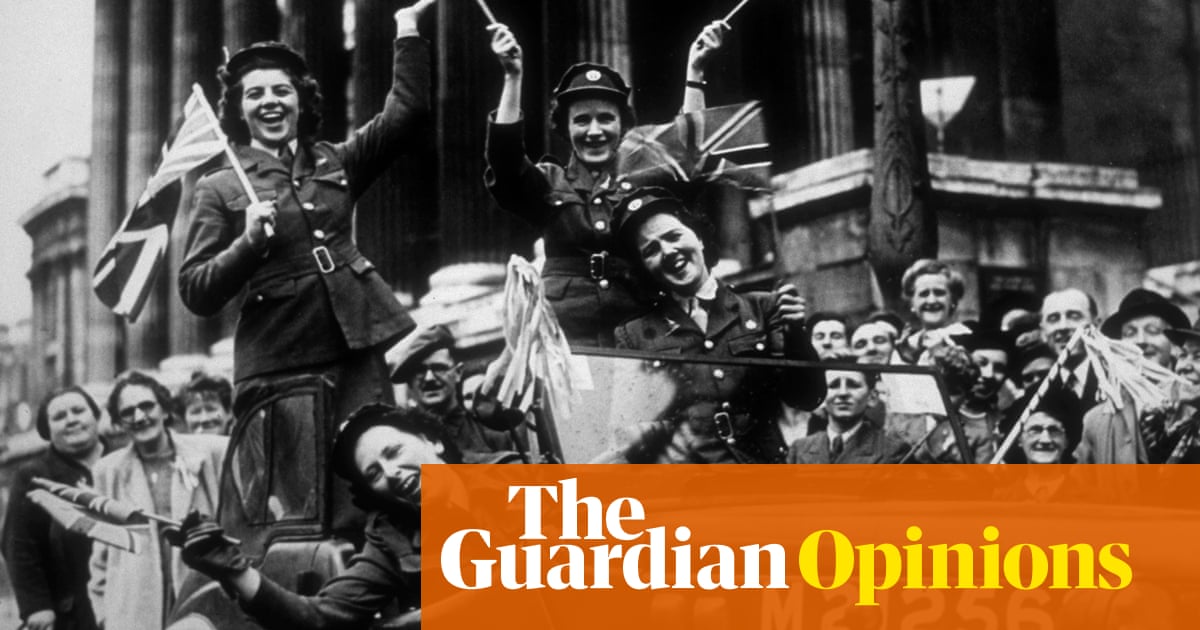The electoral picture is broad, and a few results are still coming in. But enough has happened for each of the five main parties to have a good sense of how well or badly they did in Thursday’s local elections.
1. Reform UK – 5 rosettes ⭐⭐⭐⭐⭐
The earliest results seemed to point at Nigel Farage’s party doing much as the polls had predicted – very well, and from a standing start, but with some squeeze from voters trying to keep them out. Thus the Runcorn and Helsby byelection, labelled by bookmakers a dead cert for Reform, was taken by just six votes, and they fell short in some mayoral races.
But as the council tallies streamed in, Farage’s grin became ever wider. Reform were not just winning councillors, but a series of whole authorities, giving the party new power and prominence. The bulk were in expected areas, like Kent and former Labour heartlands in the north. But they also won 23 seats in Warwickshire and 27 in Worcestershire, becoming the largest party in both.
2. Labour – 2 rosettes ⭐⭐
This was perhaps an election night of two halves for Keir Starmer’s party. The loss in Runcorn was desperately disappointing but also closer than many predicted, and Labour also picked up three mayoralties, including a perhaps surprise top place in the West of England area.
But as the council results came in, so did the disappointment. A limited number of seats being defended limited the losses – when the same elections were last run in 2021, Starmer’s leadership was at a low ebb – but they were proportionately significant. Some individual councils saw something of a Labour bloodbath, with the party losing a net 38 councillors in Durham and 27 in Lancashire.
3. Conservatives – 1 rosette ⭐
It was widely predicted, with expectations duly managed, but it was nonetheless brutal. Defending not far short of 1,000 seats won during the brief and heady Boris Johnson vaccine bounce of 2021, the Conservatives were on course to lose most, as well as a dozen or so councils. The BBC’s projections of how the voting would take place if held nationally saw them slump to just 15%, pushed into fourth behind the Lib Dems.
If there was good news for Kemi Badenoch and her party, people were paying them less attention than Reform and Labour. The bad, potentially terminal, news is that Farage’s boasts about replacing the Tories as the main rightwing opposition across not just England but the whole UK now feel like more than hopeful rhetoric.
4. Liberal Democrats – 3.5 rosettes ⭐⭐⭐★
One of the LibDems’ main if sightly niche battles was to persuade people they were doing well in a results schedule which saw most of the areas for which they had hopes, mainly a series of councils in Conservative-heavy areas, declaring later on Friday. There was also the cheer of beating the Tories in the projected national vote share, with a healthy 17%.
And their famously disciplined electioneering machine did make good gains, mainly from the Tories, if perhaps not quite as spectacular as the party has been used to recently. For example, Tory-dominated Warwickshire was knocked into no overall control – but more because of Reform gains than Lib Dem ones. And admittedly ambitious hopes of a win in the Hull and East Yorkshire mayoralty also faded.
5. Greens – 3.5 rosettes ⭐⭐⭐★
This was not necessarily a round of elections designed for mass Green gains, although yet again they picked up dozens of new seats, and the BBC’s projected national vote share saw the party reach a healthy 11%.
There were, however, some disappointments, with a few heavily targeted councils gains failing to materialise, and the mooted potential win for Mary Page in the West of England mayoral contest seeing her finish third in a closely bunched race, behind Reform.

 16 hours ago
12
16 hours ago
12



